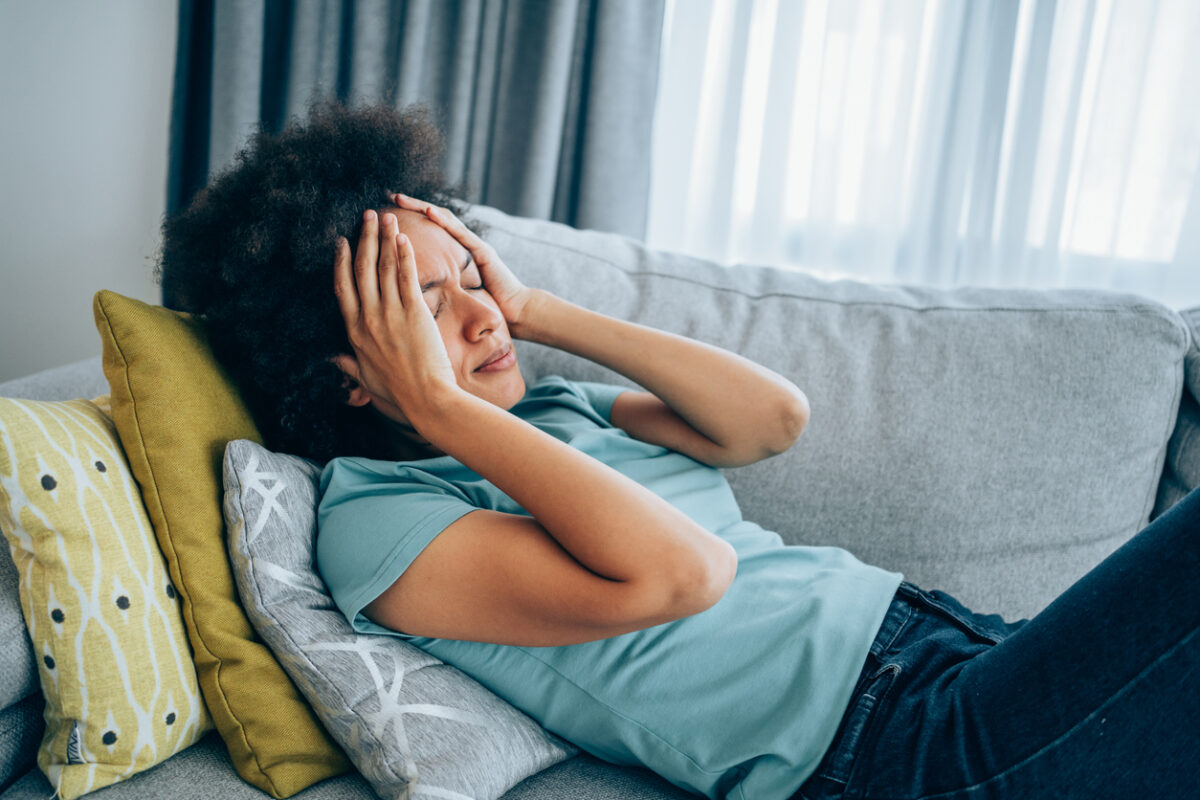Postural orthostatic tachycardia syndrome (POTS) is a condition that predominantly affects young women. It is estimated that POTS affects up to 1 million people in the United States. The hallmark symptoms of POTS include an increase in heart rate of more than 30 beats per minute within 10 minutes of standing, lightheadedness, and overall feelings of weakness and fatigue. There is no cure for POTS, but there are treatments that can help lessen the symptoms.
In this article, we will discuss what this ailment is as well as its types, risk factor, symptoms and treatment. For a more detailed look at POTS, read our article POTS: An Overview.
What Exactly is POTS?
Postural orthostatic tachycardia syndrome (POTS) is a condition that affects the autonomic nervous system. The autonomic nervous system controls many of the body's automatic functions, such as heart rate, blood pressure, and digestion.
People with POTS have difficulty regulating their heart rate and blood pressure when they stand up. As a result, they may experience symptoms such as lightheadedness, dizziness, fainting, and fatigue.
What Causes POTS?
POTS can be caused by various conditions, including diabetes, pregnancy, autoimmune diseases, and genetic disorders. It can also be a side effect of certain medications.
Types of POTS
There are several different types of postural orthostatic tachycardia syndrome (POTS), each with its own distinct set of symptoms.
- Neuropathic POTS is characterized by damaged or dysfunctional nerves. This can cause a variety of symptoms, including fatigue, lightheadedness, and trouble regulating blood pressure and heart rate.
- Hyperadrenergic POTS is caused by an overproduction of adrenaline. This can lead to increased heart rate, trouble breathing, and anxiety.
- Hypovolemic POTS is caused by a low level of blood volume. This can cause dizziness, fainting, and feeling lightheaded.
No matter what type of POTS you have, it's important to seek medical help to manage your symptoms and improve your quality of life.
POTS Risk Factors
While the causes of POTS are still unknown, certain risk factors have been identified. These include being female (as four times as many women are affected by POTS as men), having a family history of the condition, and suffering from another chronic illness such as Ehlers-Danlos syndrome or mast cell activation disorder.
POTS can often be triggered by an infection or trauma, and the symptoms can range from mild to severe.
POTS Diagnosis
Several tests can be performed to diagnose POTS, including urine tests, blood tests, an EKG (also called a QSART), and a Valsalva maneuver. In some cases, a biopsy may also be necessary.
Once POTS has been diagnosed, there are several treatment options available to help manage the symptoms.
POTS Treatment
The treatment of postural orthostatic tachycardia syndrome (POTS) depends on the underlying cause, as well as the symptoms experienced by the individual. Medication may be prescribed to help regulate heart rate and blood pressure, and compression stockings may be recommended to help improve circulation.
In addition, diet and lifestyle changes, such as increasing fluid intake and avoiding triggers, can help to reduce symptoms. Exercise is also an important part of managing POTS, and patients are often advised to gradually increase their activity levels. Finally, good sleep hygiene and communication with family and friends can help to reduce stress and promote recovery.
Resources
- Bonvissuto, D. (2018, January 25). Postural Orthostatic Tachycardia Syndrome (POTS). WebMD; WebMD. https://www.webmd.com/heart-disease/atrial-fibrillation/postural-orthostatic-tachycardia


